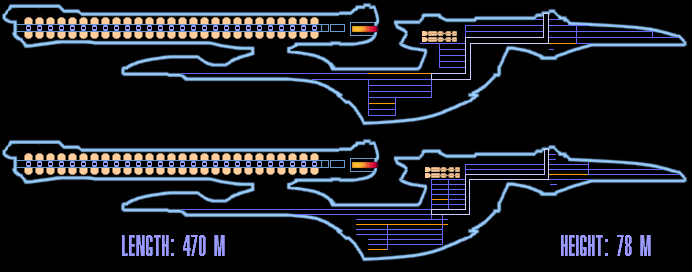Cary L. Brown said:
Newtype_A said:^ Just wanted to be annoying and ask: what, exactly, would a starship want with a towed array?
The same thing that a sub or an aircraft would want with a towed array.
Basically, you get two primary advantages from doing this.
1) You get a second sensing position, significantly offset from the center-of-mass of your main vehicle.
2) You get the ability to pick up readings at a significant distance from your main vessel, and as such can dramatically reduce the interference with reception of signals that would inevitably be caused by the electromagnetically noisy (and presumably also "otherwise noisy"... vibration, acoustics, thermal transients, high-energy particles from the reactor, yadda yadda...) environment.




